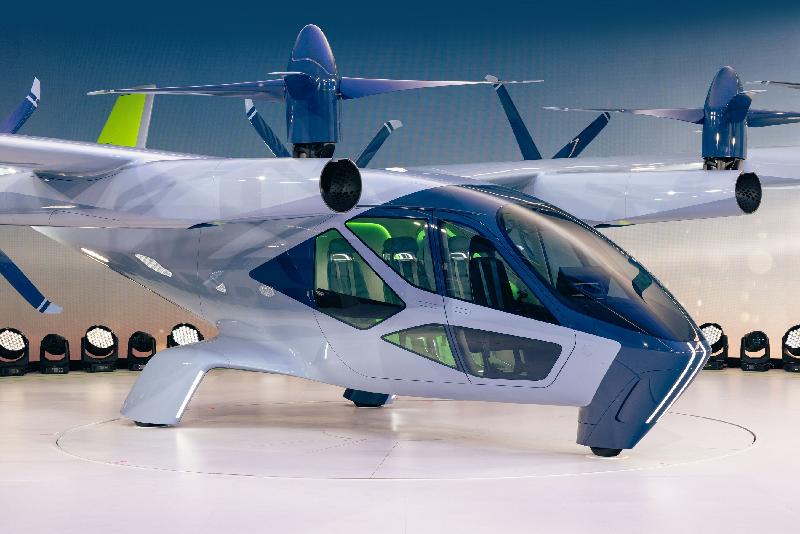Supernal’s eVTOL Product Concept: A Leap into the Future.
Supernal, Hyundai Motor Group’s Advanced Air Mobility (AAM) company unveiled S-A2, its electric vertical takeoff and landing (eVTOL) vehicle product concept at CES 2024. The pilot-plus-four-passenger vehicle marks the latest milestone in Supernal’s roadmap to commercialize safe, efficient and affordable everyday passenger air travel.
Supernal, Hyundai Motor Group’s AAM company, has unveiled its electric vertical takeoff and landing (eVTOL) vehicle concept, S-A2, at CES 2024. This sleek and futuristic aircraft is designed to usher in a new era of urban air mobility, promising to revolutionize transportation in cities around the world.
S-A2 boasts a number of impressive features that set it apart from its competitors.
Its V-tail design and eight tiltrotors allow for smooth vertical takeoff and landing, while its distributed electric propulsion system provides efficient cruise flight. The vehicle is also designed to be incredibly quiet, operating at a noise level comparable to a dishwasher.
Safety is a top priority for Supernal, and S-A2 is engineered to meet the highest aviation safety standards. The aircraft features a robust airframe structure with redundant components, as well as advanced avionics and flight control systems. Supernal is also committed to making S-A2 affordable, leveraging Hyundai’s mass production capabilities to bring down the cost of manufacturing.
Of course, no discussion of S-A2 would be complete without mentioning its aesthetics. The vehicle’s design blends seamlessly with the automotive expertise of Hyundai Motor Group, creating a passenger experience that is both stylish and comfortable. The cabin features a clean, minimalist design with aviation-grade energy-absorbing components integrated into the seat frames. Lighting transitions throughout phases of flight add to the overall ambiance, making the cabin feel larger and providing visual cues for entering and exiting the vehicle.
Supernal’s S-A2 is a bold step forward in the development of eVTOL technology. With its innovative design, safety features, and commitment to affordability, S-A2 has the potential to revolutionize urban air mobility and transform the way we travel.
While Supernal’s S-A2 is undoubtedly a significant achievement, there are still some challenges that need to be addressed before eVTOLs can become a mainstream form of transportation.
One of the biggest hurdles is the need for a robust infrastructure of vertiports, or landing and takeoff areas for eVTOLs. These vertiports will need to be located in strategic locations throughout cities, and they will need to be able to support the high volume of traffic that eVTOLs are expected to generate.
Another challenge is the need for regulatory oversight. As of now, there are no clear regulations for eVTOLs, and this could slow down the development and deployment of these aircraft. Governments around the world will need to work together to create a comprehensive regulatory framework that ensures the safety and efficiency of eVTOL operations.
Despite these challenges, the future of eVTOLs is bright. With continued development and investment, these vehicles have the potential to reduce traffic congestion, improve air quality, and provide people with a new and exciting way to get around. Supernal’s S-A2 is a promising step forward, and it is only a matter of time before eVTOLs become a common sight in our skies.


